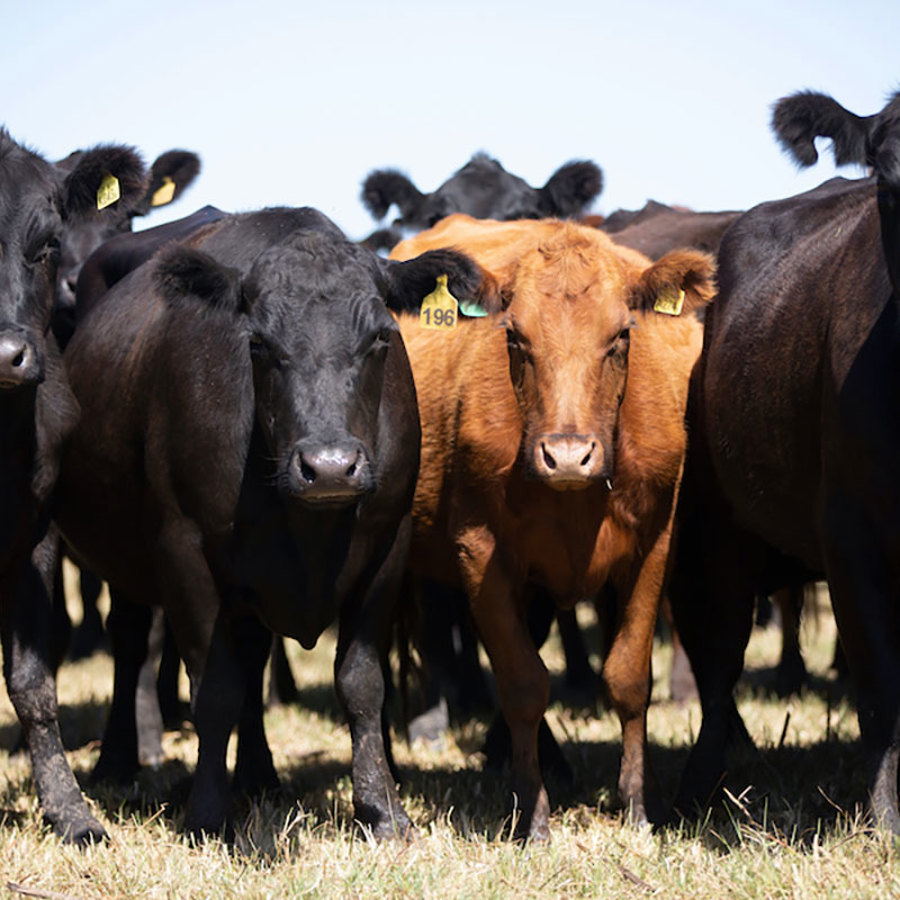
Do certain humans have a genetic predisposition to Creutzfeldt-Jakob Disease (CJD)?
March 1, 2005

- Related Topics:
- Medical genetics,
- Genes to proteins,
- Genetics in the news
A curious adult from Massachusetts asks:
“Do certain humans have a genetic predisposition to Creutzfeldt-Jakob Disease (CJD)?”
Most people think of Creutzfeldt-Jakob Disease (CJD) as the human version of mad cow disease. But there are multiple forms of CJD.
Sometimes, CJD happens randomly – there is no known cause. Other times, it is caused by a mistake in your prion gene. If you have a certain change in the gene, you will most likely get the disease.
But there is another form of the disease called V-CJD (or “Variant” CJD) which comes from eating tainted beef. And some people may be more likely to get it from a hamburger than other people are.
So are genetics involved in this susceptibility? Probably. To understand how, we need to go a bit deeper into how “normal” CJD works.
CJD is a disease of the brain that results in death, usually within 6-18 months of onset. It is similar to diseases found in sheep, cows (called “Mad Cow Disease”), mink and lots of other animals. All of these diseases happen when there is a small change in the prion gene.
The change that causes CJD is present naturally in only about 1 in a million people. The prion gene has the instructions for making a protein called a prion. Prions are found throughout the brain. Even though there are some theories, we don't know what these things do normally.

Protein function is controlled by shape
How does a small change in the prion protein cause CJD? By changing its shape. Remember, proteins are the worker bees of our cells. They do all the things that let us eat, breathe, and even think. And a lot of what they do is dependent on their shape.
Let’s think about hemoglobin as an example. Hemoglobin is found in red blood cells. One of hemoglobin’s jobs is to carry oxygen to cells that need it.
Hemoglobin has 4 pockets on it that fit oxygen beautifully. If hemoglobin had a different shape, oxygen wouldn’t fit as well – sort of a square peg in a round hole.
And how is a protein’s shape determined? A protein’s shape comes from what it is made of – amino acids. The order of these amino acids (among other things) determines a protein’s shape.
Sometimes a single amino acid change in a protein can have big effects on its shape. A classic example is the change in hemoglobin that causes sickle cell anemia.
Hemoglobin is made up of 574 amino acids. A single amino acid change causes sickle cell anemia.
When there isn’t any oxygen around, these mutant hemoglobins all stick to each other. Red blood cells now become sickle shaped. Symptoms of sickle cell anemia appear when the sickle shaped cells clog up small blood vessels.
Something similar happens with CJD. A single amino acid change causes the mutant prion protein to change shape. The mutant protein now likes to get tangled up with other prion proteins. These tangles of prions then begin to damage the brain causing it to actually shrink in places. When too many critical parts of the brain are destroyed, the patient dies.

How prions are spread
OK, but how do you get a genetic disease from a hamburger? The answer comes from something pretty scary about the mutant prion protein.
I’ve already told you that these mutant prions like to form tangles. What I haven’t told you is that these mutant prions can cause tangles with normal shaped prions.
And to make it worse, these mutant prions can cause the normal shaped prions to take on their shape. The tangle can then spread in a chain reaction. So if you eat a tainted burger and enough of the tangled protein gets to your brain, then tangles might form.
Notice I said might. Some people seem to get these tangles more easily than other people.
Why? At least one reason is a small change in their prion gene that usually doesn't matter. Until it encounters a tangled cow prion, that is. These prions seem to form tangles with the tangled cow prions more easily.
In one study, all 97 people who got V-CJD from beef had a certain change in their prion gene.1 Around 40% of people in England have this change.2
But given how rare V-CJD is compared to the number of mad cows, this can't be the only reason some people are more susceptible. As you read this, researchers are searching for other reasons why some people are more susceptible to this awful disease.

Author: Dr. Barry Starr
Barry served as The Tech Geneticist from 2002-2018. He founded Ask-a-Geneticist, answered thousands of questions submitted by people from all around the world, and oversaw and edited all articles published during his tenure. AAG is part of the Stanford at The Tech program, which brings Stanford scientists to The Tech to answer questions for this site, as well as to run science activities with visitors at The Tech Interactive in downtown San Jose.
 Skip Navigation
Skip Navigation
